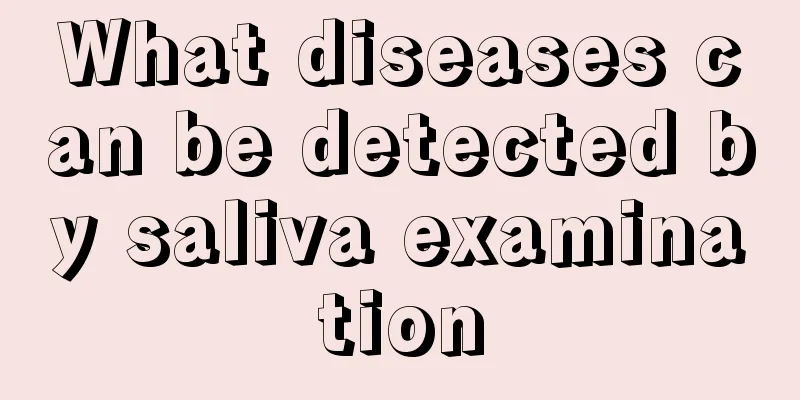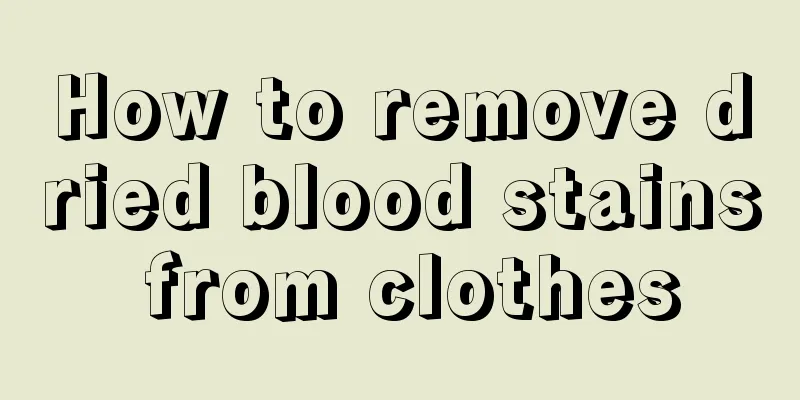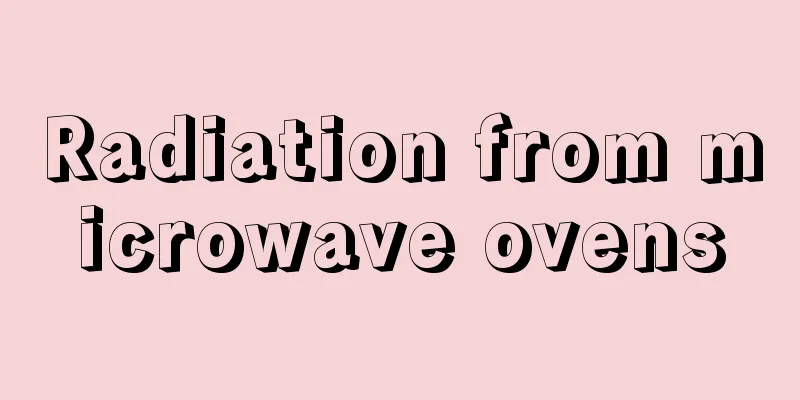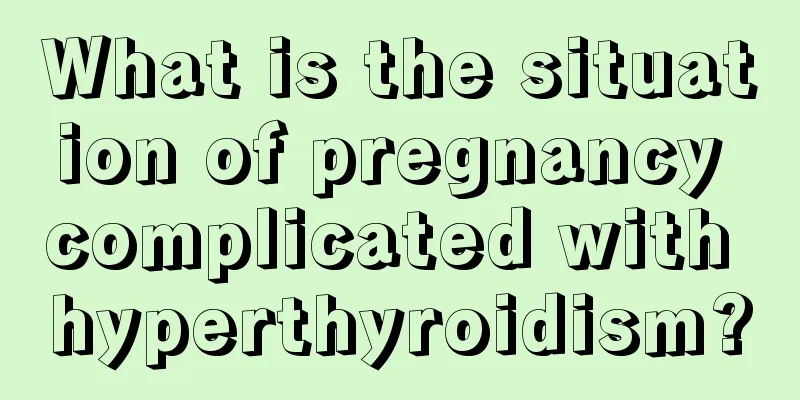Allergic to Band-Aid
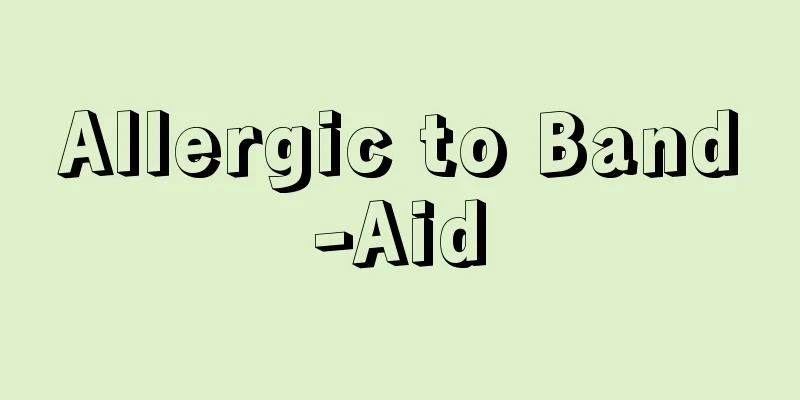
|
We often use Band-Aids in our daily lives. When the skin is accidentally damaged, using a Band-Aid can prevent infection. However, some people have sensitive constitutions and using a Band-Aid may cause allergies and cause symptoms of itching and pain. For such people, you must be cautious when using Band-Aids. At this time, you can use some anti-allergic drugs. Let's take a look at this aspect. Allergic to Band-Aids Consider whether the symptoms of skin redness, swelling, pain, itching and discomfort are caused by local allergy to the Band-Aid. It is recommended to eat a light diet and apply local dermatitis cream. Secondly, you can use a breathable adhesive patch or take loratadine tablets orally. Symptoms of Band-Aid Allergy An allergy to a Band-Aid may be due to an allergy to the adhesive tape or to an allergy to the medication in the medicated Band-Aid. But the symptoms of allergies are basically similar. Small blisters and bumps appear on the area where the Band-Aid is applied, and the area may be large or small. The symptoms are redness, swelling and itching. If the blisters are broken, pus will flow out. What to do if you are allergic to Band-Aids and it itches What should you do if you are allergic to Band-Aids? After all, Band-Aids are a convenient way to stop bleeding in an emergency, and they are needed when you have a small wound in your daily life. Therefore, we must first understand the cause of the allergy, whether it is an allergy to the Band-Aid tape or an allergy to the medicine in the medicated Band-Aid. If you are allergic to the medicine, remember to use only non-medicated Band-Aids next time; the effect will be similar. If you are allergic to the tape of the Band-Aid, you can try Band-Aids made of different materials, or liquid Band-Aids, or you can directly use gauze to stop the bleeding. How to Relieve Band-Aid Allergy Symptoms Of course, stop using Band-Aids, and then you can use zinc oxide ointment or cyproheptadine ointment for treatment. Pay attention to hygiene and avoid eating spicy food. If the symptoms are severe, you can take oral anti-allergic drugs such as cyproheptadine. Symptoms of Band-Aid Allergy Band-Aid allergy may be an allergy to the adhesive tape or an allergy to the medication in the medicated Band-Aid. But the symptoms of allergies are basically similar. Small blisters and bumps appear on the area where the Band-Aid is applied, and the area may be large or small. The symptoms are redness, swelling and itching. If the blisters are broken, pus will flow out. Contact dermatitis is the most common allergic skin disease. First, stop using the Band-Aid that causes the allergy and try not to break the blisters. Oral anti-allergic drugs are recommended: cetirizine tablets, vitamin C, topical calamine lotion and pevisone. |
<<: Acne occurs after eating grape seeds
Recommend
Is the facial cleanser good for removing acne and acne marks?
In today's skin care market, there are all ki...
What causes Minier's syndrome?
Minier's syndrome is a relatively common inne...
What are the reasons why bladder cancer is prone to recurrence
When it comes to bladder cancer, I believe everyo...
How can a bald person grow hair?
With the continuous improvement of living standar...
Introduction to thirteen kinds of home first aid methods
If a family member suddenly suffers from a diseas...
Is stage 2 colorectal cancer contagious?
A question that colorectal cancer patients and th...
How to treat early lung cancer and achieve complete recovery 4 latest treatments for early lung cancer
Lung cancer is a malignant tumor that is difficul...
Pain on inner thighs from running
Running is the most common form of exercise. It i...
Can Biostime enhance immunity?
Biostime probiotics are very common in real life ...
What should I do if my tooth hurts after eating ice cream?
In the hot summer, many people want to eat someth...
How long can you live with skin cancer
Will skin cancer cause itching in the early stage...
What are the tips for washing cotton clothes
As people's living standards improve, consump...
Chinese herbal medicine for preventing liver cancer
In the treatment of liver cancer, traditional Chi...
Can I eat before fibroid surgery
Before fibroid surgery, patients usually need to ...
What should I pay attention to after using medicine to remove moles
Although using laser to remove moles is a quick a...


